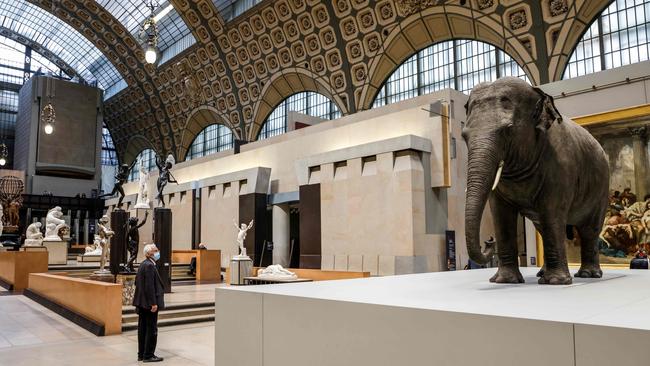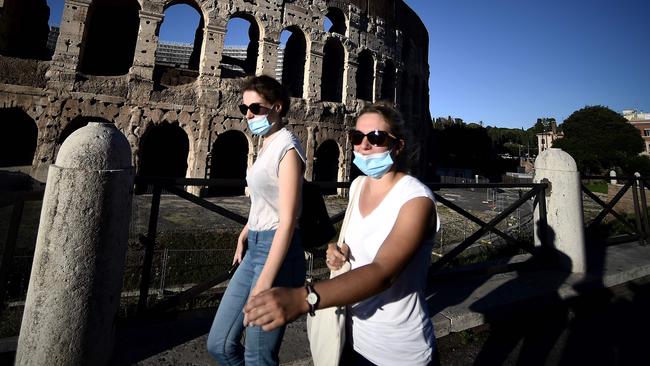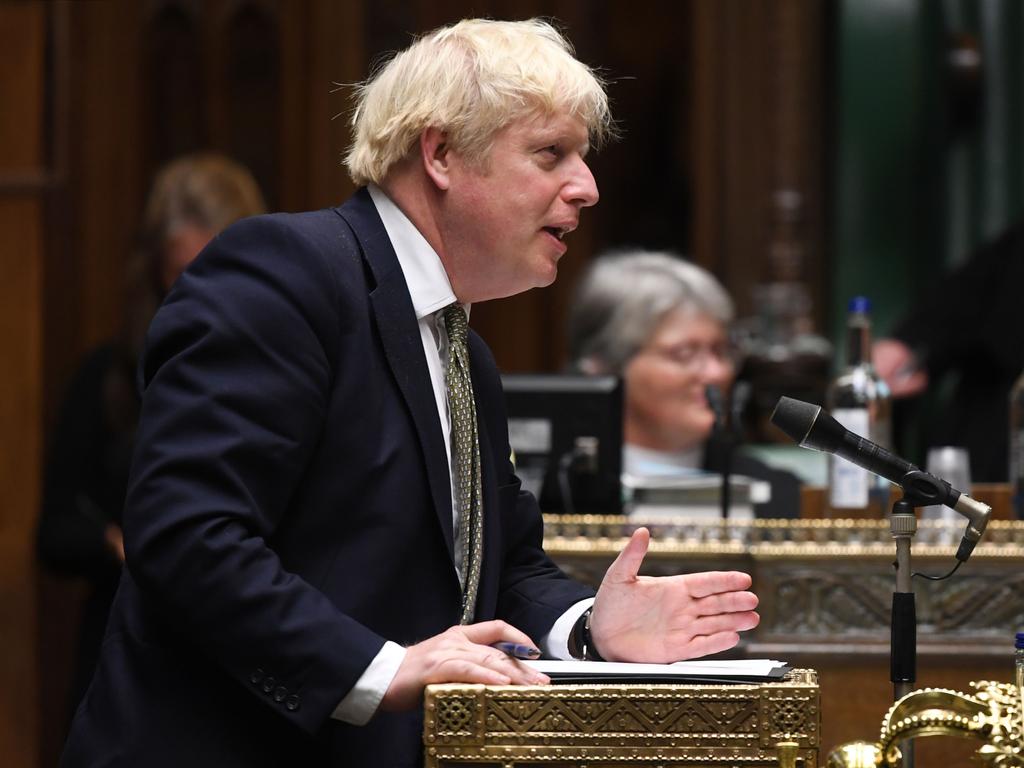Confusion reigns as Europe fights Covid-19 second wave
Europe is turning into a patchwork of rules and regulations as local, regional and national authorities grapple with the second wave of COVID-19.

Europe is turning into a patchwork of rules and regulations as local, regional and national authorities grapple with the second wave of COVID-19.
Bar closures and restrictions on social interactions are high on each country’s new rules but there are key differences in implementation.
German Chancellor Angela Merkel is shouting orders above the leaders of 16 federal states, each trying to protect their citizens, some by raising barriers against pandemic hotspots. In Spain, Madrid’s officials have accused the national government of breaking the law when it imposed a state of emergency on the capital. French President Emmanuel Macron is forcing through new rules in defiance of politicians and citizens.
Amid the confusion, the EU has agreed a “traffic-light” coding system to act as an advisory guide for governments or people wanting to rate the risk of travelling across the continent.
EU governments have agreed to provide information to the European Centre for Disease Prevention and Control to produce a weekly map with countries coded, green, orange or red.
The ratings will be based on the number of cases per 100,000 people over the previous 14 days, the number of tests per capita and the percentage of positives. The guidelines are not legally binding after governments resisted EU moves to decide on border controls for people travelling from high-risk areas or setting a standard quartile procedure across the region.
Travel advice varies from country to country. Some governments demand a two-week quarantine while others set a seven-day isolation period.
In France, curfews possibly applying from 9pm or 10pm to 6am are favoured as the best way to limit social gatherings because the constitution prevents the state restricting activities in homes and other private property.
The government is advising strongly against social mixing outside immediate family in areas of maximum alert. Regional lockdowns have not been ruled out. The most likely targets are the Paris and Marseilles regions.
GRAPHIC: Fame and fortune don’t give immunity
The situation in Germany is not a catastrophe yet — with one of the lowest infection rates per capita in Europe — but the rise has rattled the federal government. Mrs Merkel has said that if present trends continued the country would have 19,200 cases a day by Christmas, nearly triple the peak recorded in April.
But most coronavirus policy decisions are devolved under the federal structure and many regional ministers are protective of their autonomy, which allows them to tailor their responses.
Last month Mrs Merkel brokered a deal to restrict private gatherings in badly hit areas such as Berlin, Munich, Frankfurt and Stuttgart. She has also forged consensus on a warning against unnecessary travel to “risk areas”, including much of Britain and France. Fines for people who give false contact details in bars, cafes and restaurants were also agreed
One source of friction is the recent “accommodation ban”, under which 11 states have forbidden overnight stays by people from hotspots.
Italy tightened its rules on gatherings last week to stamp out a surge in cases but rejected a proposal for a UK-style ban on meetings of six people in homes.

Spain’s second-wave concerns are increasing over rising numbers of infections in the northern regions of Navarre and Catalonia. The state of emergency in the Madrid region, enforced on Friday, banned people from leaving or entering the city unless for work or essential visits. People can move freely in the city.
Portugal remains under a “state of contingency” with gatherings limited to 10 people and staggered closures enforced on commercial establishments between 8pm and 11pm. The government has banned festivals and similar events until new year.
Belgium now has the second highest spread rate in Europe, with 430 infections per 100,000 people. The government brought in national restrictions on the opening hours of bars or restaurants as well as new “rule of four” limits on household socialising.
The Dutch government has introduced “circuit-breaker” measures by closing cafes, restaurants and bars with a two-week ban for evening alcohol sales in shops.
A state of emergency was formally declared in the Czech Republic at the start of the month but the government has been keen to avoid new restrictions. All schools — but not kindergartens — closed for two weeks from Wednesday.
After a lull, infections in Sweden are rising. Yet the prevailing attitude is one of watchfulness. The public health agency has suggested that local restrictions may be around the corner.
The Times






To join the conversation, please log in. Don't have an account? Register
Join the conversation, you are commenting as Logout